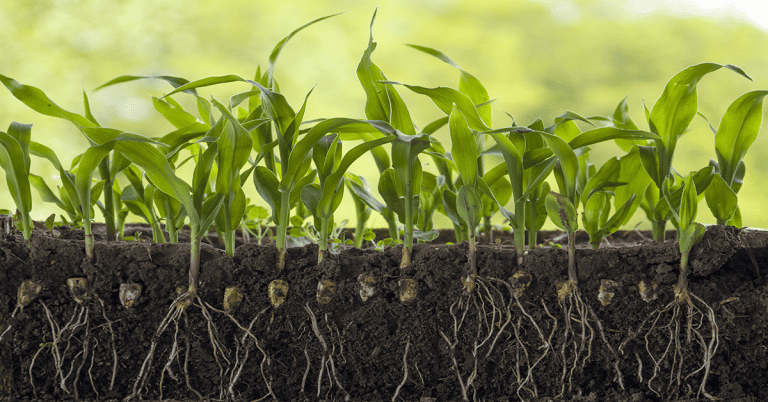With the growing concern of the impact of climate change on our planet, more and more people are looking for ways to reduce greenhouse gas emissions and enhance sustainability. One of the ways to achieve this is through a technique called Enhanced Rock Weathering (ERW), which has been gaining popularity in the agriculture sector. ERW involves the application of crushed minerals and rocks to agricultural soils to improve soil fertility and increase crop yields while at the same time reducing the use of fertilizers. Knor more about the benefits of ERW in agriculture and its potential impact on climate change.
How Enhanced Rock Weathering (ERW) contributes to the agricultural activity
One of the major concerns of today is greenhouse gas emissions and the effects it has on the climate. This can cause a series of problems, including for agriculture, since this activity can face numerous challenges due to climate change.
On that context, efficient and sustainable agricultural practices are necessary to help not only maintaining soil health but also to reduce greenhouse gas emissions, thus ensuring food security.
One such sustainable practice gaining popularity is the use of Enhanced Rock Weathering or ERW. By applying certain crushed rocks and minerals to the soil, this technique can accelerate the natural process of weathering that normally occurs through millions of years. Process that takes up carbon from the atmosphere and fixes it on the soil.
Besides this, ERW can bring various benefits to soil fertility and crop production, such as:
1. Improved Soil Fertility
Enhanced Rock Weathering involves applying crushed silicate rocks and minerals to the agricultural soils to enhance the soil’s chemical weathering process. This, in turn, increases the availability of essential plant nutrients such as phosphorus, calcium, and potassium. Certain minerals, like ones rich in glauconite are particulary effective in raising the level of nutrients like potassium. The resulting enhanced soil fertility leads to healthier crops that yield higher quality produce.
2. Increased Crop Yields
Research shows that ERW can significantly increase crop yields, especially in acidic soils. This is attributed to the increased supply of essential plant nutrients, which allow the plants to reach their full potential. A study conducted in Brazil on coffee plantations showed that the use of crushed rocks for weathering increased coffee yields by up to 80%.
3. Reduced Fertilizer Use
Fertilizer use is one of the biggest contributors to greenhouse gas emissions. The production of fertilizers requires large amounts of energy, which in turn leads to increased greenhouse gas emissions. It’s estimated that the agricultural sector contributes to over 10% of global greenhouse gas emissions. By reducing the use of fertilizers through ERW, we can significantly reduce these emissions.
4. Carbon Sequestration
As mentioned before, Enhanced Rock Weathering boosts the absorption of carbon dioxide from the atmosphere. When silicate rocks and minerals are applied to the soil, carbon dioxide from the air is trapped in rock minerals as part of the process of weathering. This leads to the reduction of carbon dioxide levels, which can help combat climate change.
Because of benefits like the ones listed above, ERW presents itself as a way not only to mitigate climate changes, but also to help boost soil fertility and improve crop productivity.
ERW is a promising technology, and its development can help improve agriculture and more
In conclusion ERW is a promising solution for sustainable agriculture and climate change mitigation. The application of crushed minerals and rocks in soil leads to improved soil fertility resulting in higher yields for farmers.
Meanwhile, the reduction of fertilizer use helps to lower greenhouse gas emissions. Additionally, the carbon sequestered in the process of enhanced weathering helps to mitigate the impacts of climate change.
On that context, farmers and investors interested in investing in carbon capture technologies should look into ERW as a viable option. The potential benefits of this technology offer an excellent opportunity to address the challenges facing modern agriculture while reducing our carbon footprint.

